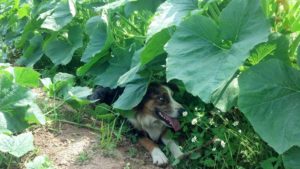The Executive Order 122 “Requires workers and visitors to wear cloth face coverings, in accordance with CDC recommendations, while on the premises, except where doing so would inhibit the individual’s health or the individual is under two years of age, and require workers to wear gloves while on the premises. Businesses must provide, at their expense, such face coverings and gloves for their employees.”
We must do everything to protect workers and growers! Think about if a worker contracts COVID-19 and it moves through your workforce. Who is going to harvest the crop? Prevention is the best course for us all.

